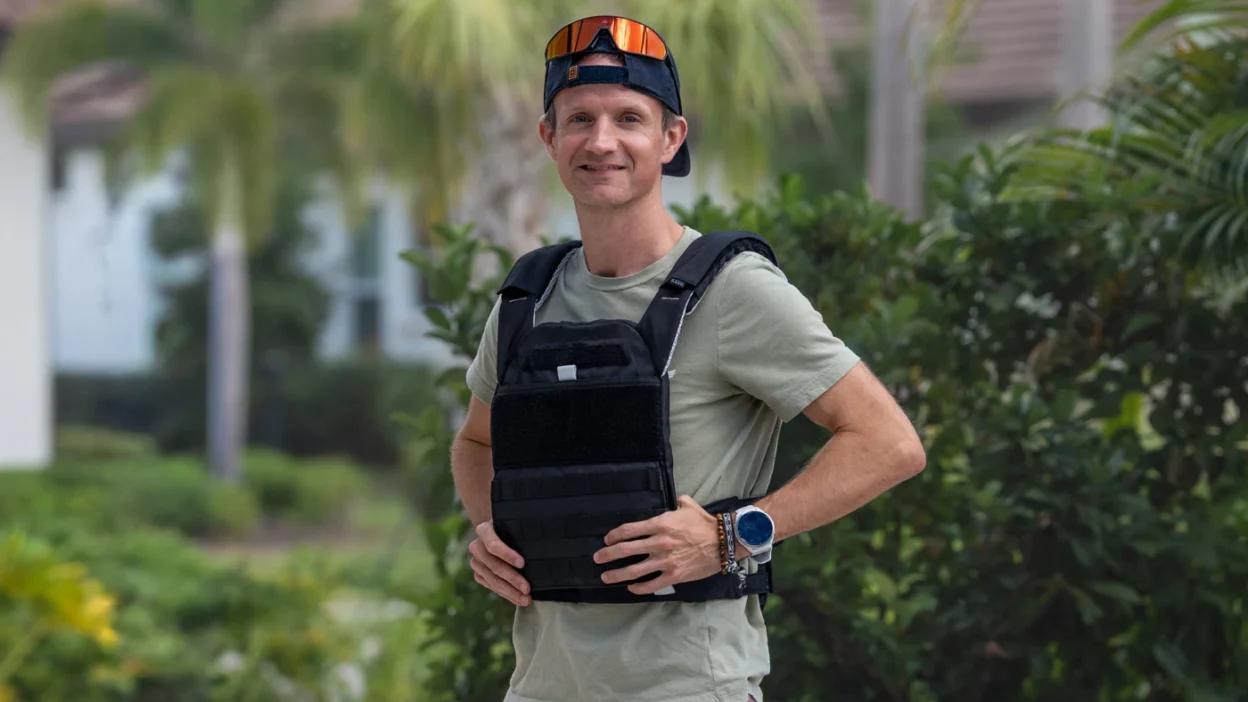There’s a new kind of movement trending right now, not just in the endurance world but all over my neighborhood; one that’s slower, quieter, and… heavier.
It’s called rucking, and if you’ve scrolled through fitness circles lately, you may have seen it: people striding with weighted packs or tactical vests, looking equal parts runner, soldier, and stoic philosopher.
At first, I’ll admit I was a touch skeptical, rucking felt like a nod to ultra marathon training days where I haul gear uphill in my hydration pack.
But the concept appealed to me for the opposite reason of running, it’s not necessarily about going faster, it teaches you more deliberate movement, intentional effort, and to overcome resistance.
So, I decided to give it a try.
Why rucking is suddenly everywhere
Rucking began in the military as a way to build endurance, strength, and resilience through long marches with gear.
I think its appeal today is how accessible it feels, a low-impact workout that quietly develops strength, posture, and cardiovascular endurance all at once.
Adding 10 to 40 pounds to a walk raises heart rate, improves core stability, and challenges muscles that steady your hips and spine.
Rucking doesn’t demand speed or even a particular fitness level; it rewards consistency and good form.
For runners, it’s an alternative to chasing speed PRs. For non-runners, it’s a gateway into structured movement that’s both simple and purposeful.
And for me, it was a way to test to see if slowing down could still make me stronger.
The gear
To do it right, I wanted gear designed for the job, not a backpack loaded with bricks or dumbbells, but a vest that distributes weight evenly and stays comfortable once you start sweating.
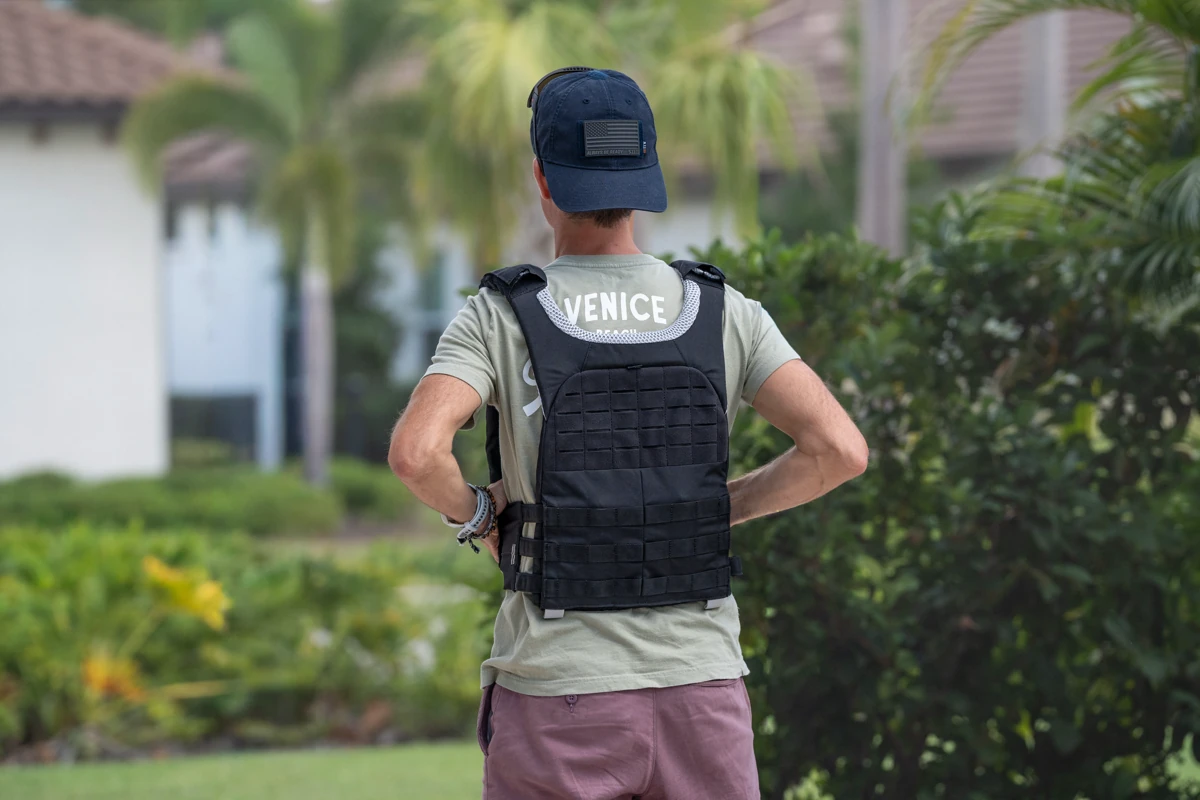
I went with the $140 TacTec Trainer Weight Vest, from one of my favorite brands called 5.11 Tactical.
It’s built from abrasion-resistant 600D polyester with laser-cut MOLLE panels for ventilation and adjustability.
It fits close to the body, with wide shoulder straps that don’t dig in, and enough adjustment to layer over a light running top or hoodie.
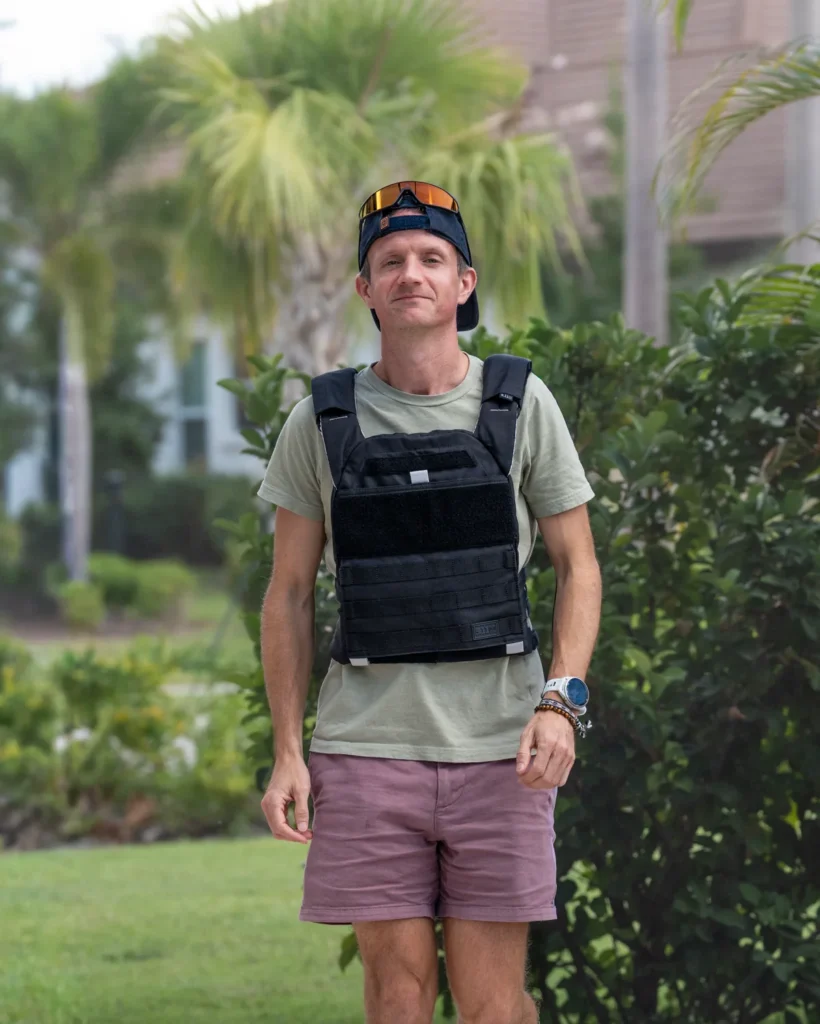
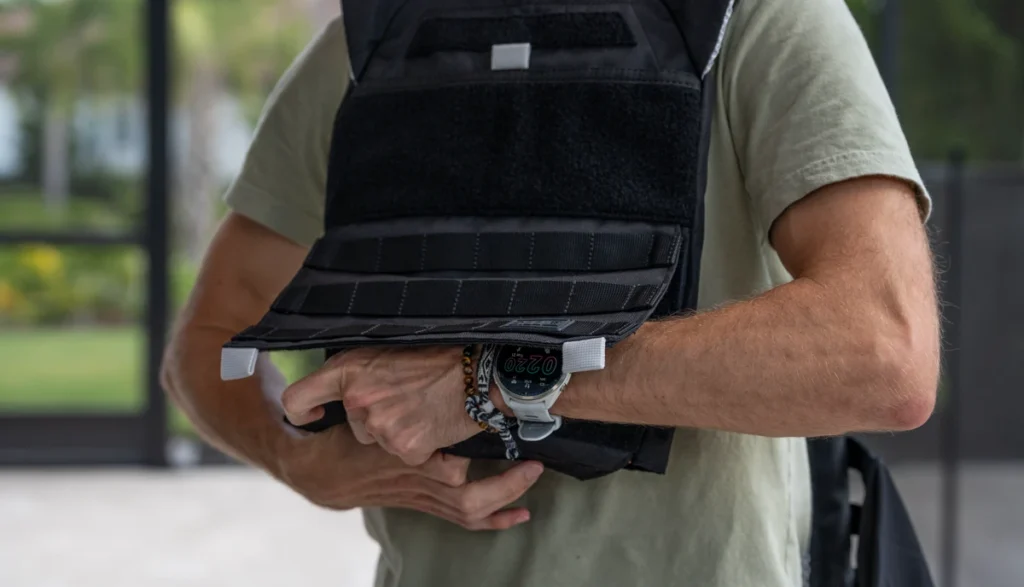
I’ll be writing a full review of this weighted vest soon; sign up to our newsletter so you don’t miss it when it drops.
I started with two 5.75lb plates, one front and one back, which is plenty to start with, especially if you’re not of a large build.
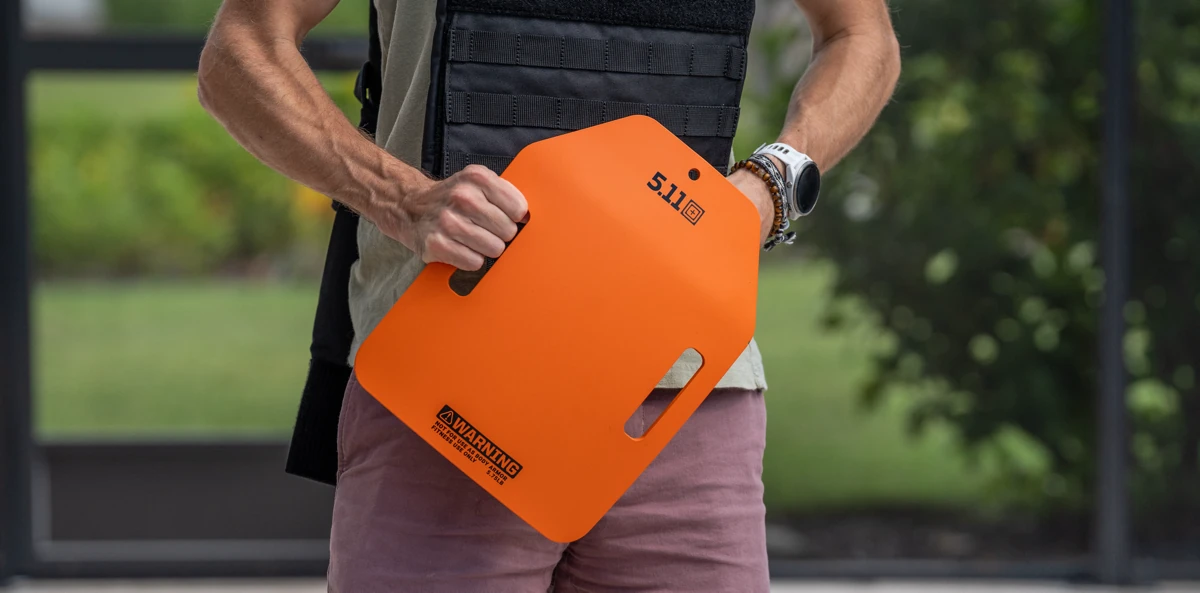
This felt like a modest load, but heavy enough to make walking or jogging feel substantial. Honestly, any more than this (I also have the 8.75lb plates), then I would struggle to jog, or go on long walks without feeling too much strain.
But maybe as I progress, these 5.75lb plates will seem like amateur hour, we’ll see…
It’s important to not introduce too much weight too soon, when you first start out, as you may end up with an overuse injury.
Each step felt immediately different. For example, my core braced with every stride, my back engaged in ways that running doesn’t always reach.
It wasn’t punishing, just more focused, and made me think more about maintaining good posture and form whilst moving.
What happened when I ran with it
After a few walking sessions, curiosity got the better of me. Could I run with a weighted vest, and should I?
Well I did, should I have? Well, yes, because I’m of the firm belief that trying new experiences is always the right decision.
The first thing I noticed was how deliberate every movement became. The weight made me more aware of my posture, landing, and breathing. Every bounce of the vest reminded me to stabilize through the midsection.
Running with the vest felt like a controlled strength workout, similar to hill repeats, but without the speed element.
I kept my run under 20 minutes, staying mindful not to overload joints or push fatigue too far.
Running with weight is very different from rucking, I’m calling it super-rucking! It’s higher risk if you rush progression, but used sparingly, it builds stability, strength, and reinforces efficient form.
The key is restraint, however, adding load slowly, respecting your body’s limits, and treating it as supplemental strength work, not a replacement for regular running.
Will I keep running with my weighted vest? Probably not because I’m actually enjoying it more as a way of getting more out of my dog walks and family hikes.
I’ll keep my running adventures purist, and free from additional weight for now, but maybe I’ll bring back the odd super-rucking session once every couple of weeks or so.
What I learned
1. It’s walking, but with intent
Rucking slows you down enough to notice your form, your breathing, and your surroundings.
The weight turns walking into more of a serious workout, one that rewards consistency over intensity.
2. It strengthens what running sometimes neglects
The added load targets the posterior chain: glutes, hamstrings, lower back, and core. Within a few sessions, I could feel more support through my stride when running unweighted.
It’s making my running (and normal walking) feel more effortless.
3. It’s humbling
There’s nowhere to hide behind pace or distance. Even short rucks feel earned.
The work is quiet but undeniable, the kind of effort that builds muscle and a fresh perspective on what you can get out of a simple walk.
4. Running with weight demands respect
It magnifies both strengths and weaknesses. Good mechanics feel solid; poor posture or imbalance becomes obvious, and you’ll start to feel particularly tired muscles in areas that are weak.
For me, it was a reminder that strength is about control, not just power output.
5. It’s mental training in disguise
Rucking and weighted running both teach patience. You can’t rush through them. The repetition and steady discomfort builds focus, tolerance, and mental grit.
This is a useful lesson for any endurance athlete who’s used to chasing numbers.
Final reflections on my rucking experience
Rucking is obviously not a replacement for running but with the right gear, it’s certainly a way to elevate your walking or hiking, in a way that allows you to get more gains from of your walks.
It builds strength, postural awareness, and resilience in a way that pairs beautifully with endurance work.
After a few weeks alternating between rucking, and the occasional weighted jog, I noticed two things: I felt stronger overall, and my runs started to feel easier.
There’s something grounding about carrying weight on purpose. It’s resistance you can feel, measure, and eventually master, a physical metaphor for all the unseen load we carry in training and in life.
If you try it, start light. Move intentionally. Learn how your body reacts before you add more. You might find, as I did, that going slower with weight teaches you lessons that running fast, just can’t.
I’m going to continue rucking on walks around my neighborhood, and on the odd family hike; because I like dem gains!
Have you tried rucking? Share your thoughts with us in the comments below!
